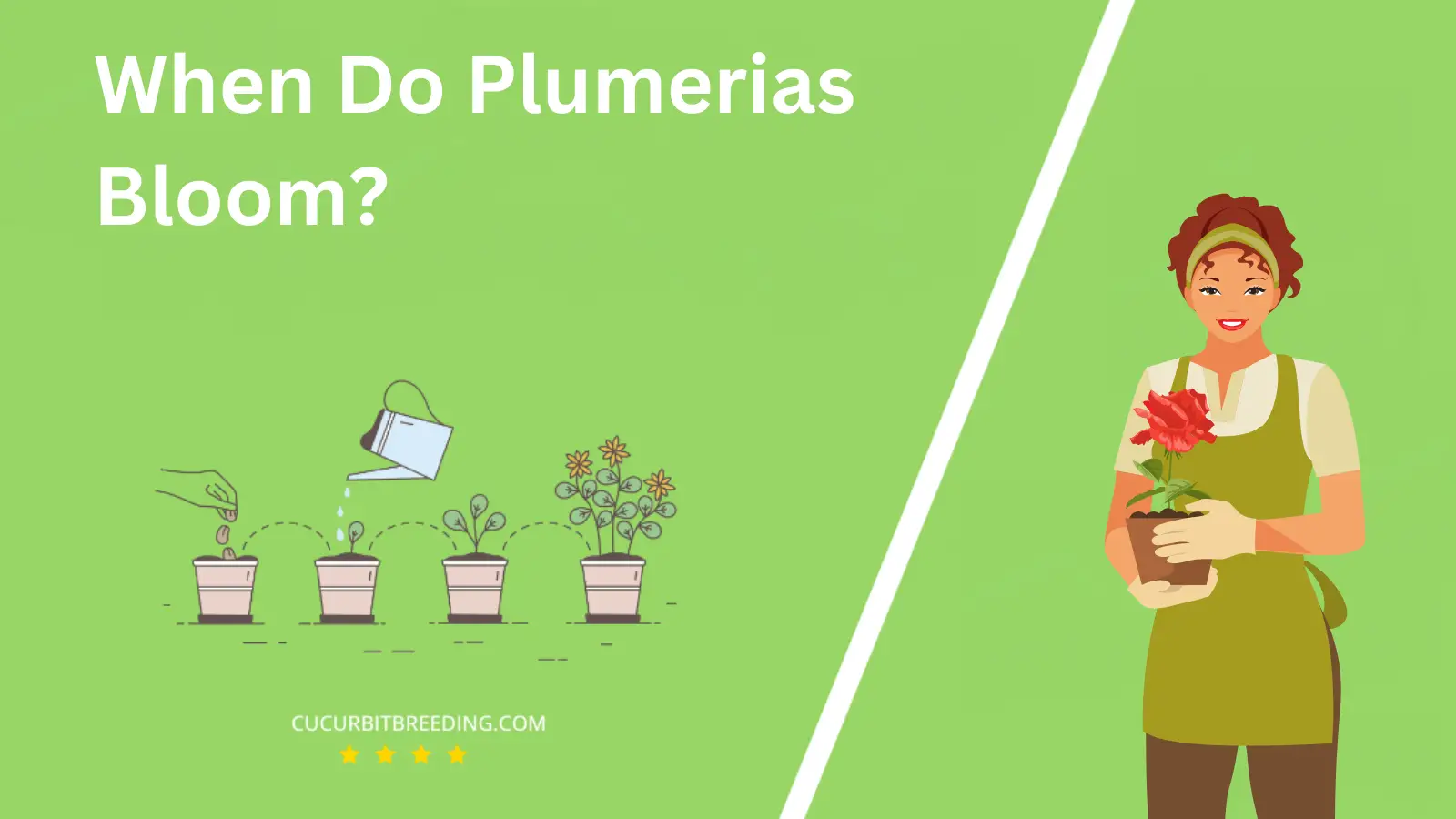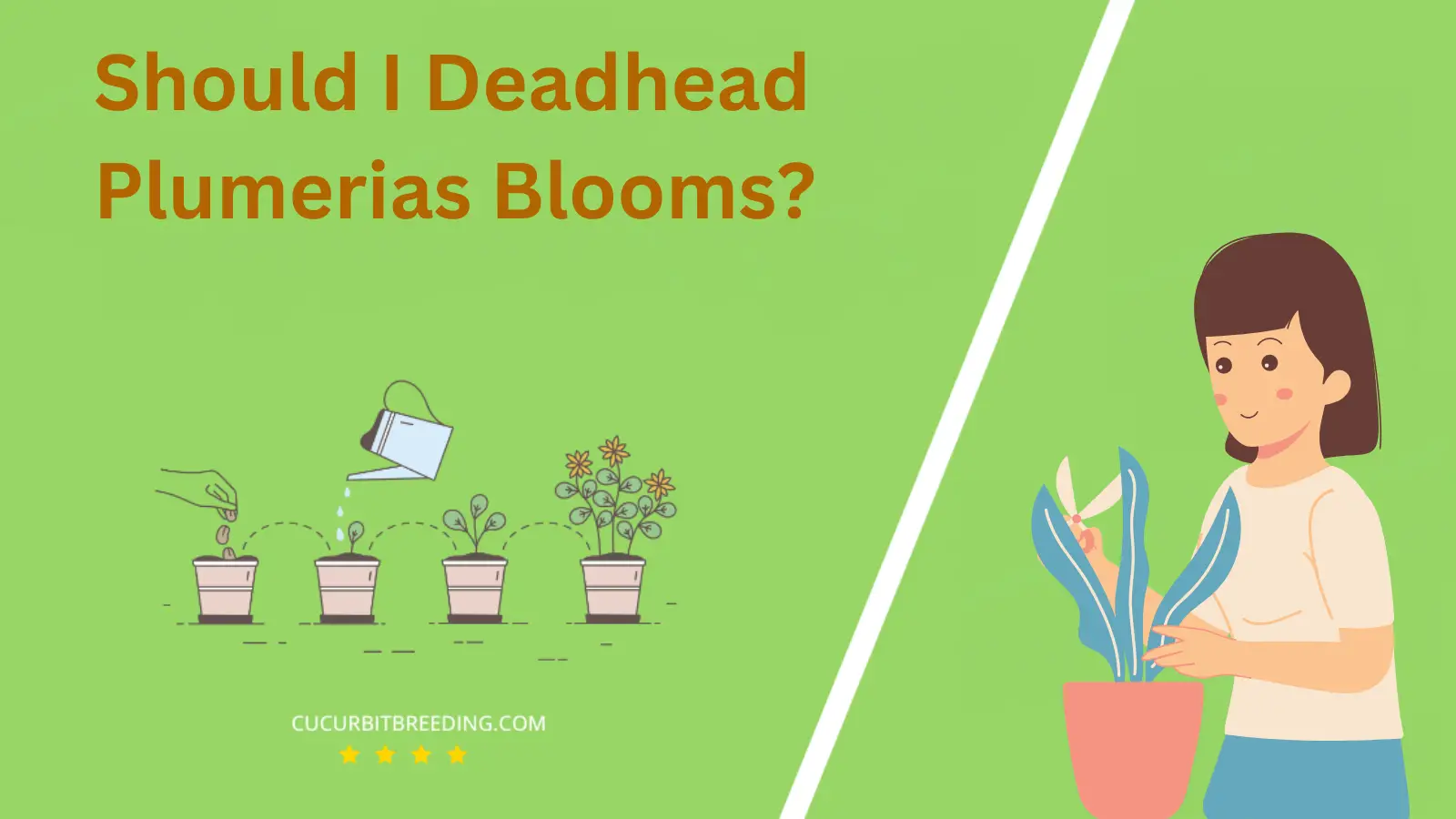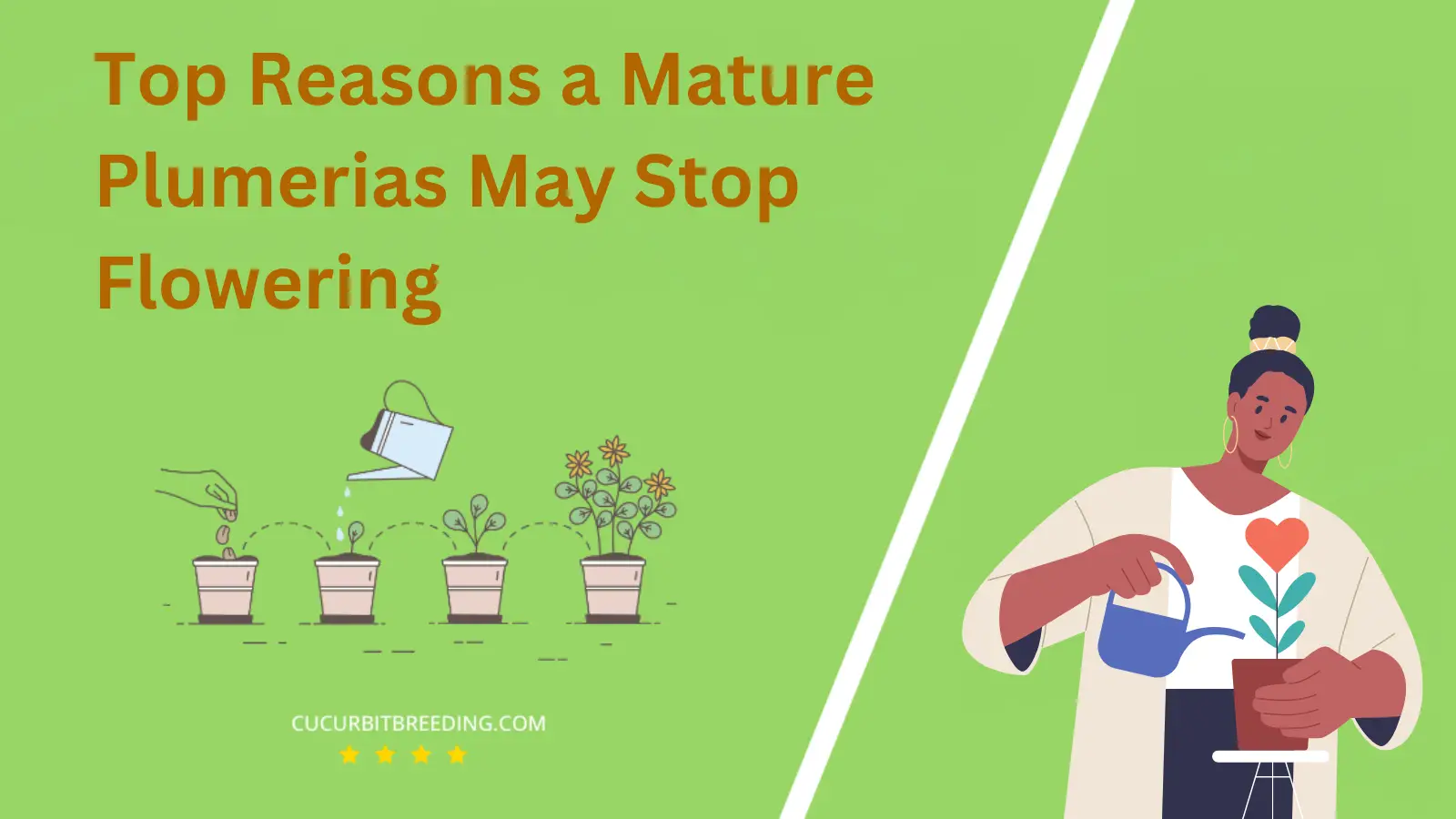
Have you ever wondered, when do plumerias bloom? These tropical plants, known for their lush beauty and intoxicating scent, have a particular season when they truly come to life.
Understanding the blooming cycle of plumerias is key to maintaining their vibrant allure. Let’s delve into the captivating world of these tropical beauties.
When Do Plumerias Bloom?
Plumerias typically bloom between spring and early fall, with the peak blooming period usually occurring in summer. The exact timing can vary depending on the specific variety of plumeria and the local climate conditions. Some species may even bloom throughout the year in tropical regions.
| Stage | Description |
|---|---|
| Germination | Spring (March-May) |
| Growth | (Spring-Summer) (March-September) |
| Blooming | Summer (June to August) |
| Dormancy | Winter (December – February) |
How Long Do Plumerias Bloom?
Plumerias bloom for a significant period throughout the year. They typically start blooming in early spring and continue until early fall. However, the exact duration can vary depending on the specific species and the climate in which they are grown. In optimal conditions, some plumerias can bloom for as long as nine months.
How Light Affects Plumerias Blooms?
Light significantly impacts the blooming of Plumerias. These tropical plants require plenty of sunlight to thrive and bloom. In particular, Plumerias need at least six hours of direct sunlight each day to produce their vibrant, fragrant flowers. Less light can lead to fewer blooms and weaker growth. However, while sunlight is crucial, Plumerias also appreciate some afternoon shade, particularly in the hottest climates, to prevent leaf scorch.
Will Plumerias Bloom the First Year You Plant Them?
Plumerias may not bloom in the first year they are planted. This is because Plumerias typically take several years to mature before they begin to bloom. The exact time it takes for a Plumeria to bloom can vary based on factors such as the specific variety of Plumeria, the conditions in which it is grown, and the care it receives. However, with optimal care and conditions, some Plumerias may bloom sooner.
Will Plumerias Bloom Every Year?
Yes, Plumerias bloom every year. These tropical plants typically flower from spring through early fall. The exact timing and duration of their bloom can vary depending on their specific variety and growing conditions. It’s also worth noting that while Plumerias do bloom annually, they require proper care and favorable conditions to do so. This can include adequate sunlight, proper watering, and appropriate temperatures.

Should I Deadhead Plumerias Blooms?
Yes, you should deadhead Plumeria blooms. Deadheading, or the process of removing faded or dead flowers, encourages the plant to produce more blooms. It also helps to keep the plant healthy by preventing the possibility of disease or pest infestation which can occur in decaying flower material. However, it’s not mandatory, as Plumerias will naturally drop their blooms when they are ready.
Top Reasons a Mature Plumerias May Stop Flowering

Mature Plumerias may stop flowering due to several reasons. The most common cause is inadequate sunlight. Plumerias need at least six hours of full sun each day to produce blooms.
Lack of proper nutrients is another significant factor. Plumerias require high phosphorus levels for flowering, so a deficiency can result in non-flowering plants. Regular fertilizing with a high-phosphorus fertilizer can resolve this issue.
Improper watering can also cause Plumerias to cease blooming. Both overwatering and underwatering can stress the plant and impede blooming. It’s important to water Plumerias deeply but infrequently, allowing the soil to dry out between waterings.
Finally, stress from pests or diseases can cause a Plumeria to stop flowering. Regular monitoring and prompt treatment of any issues can help keep your Plumeria healthy and blooming.